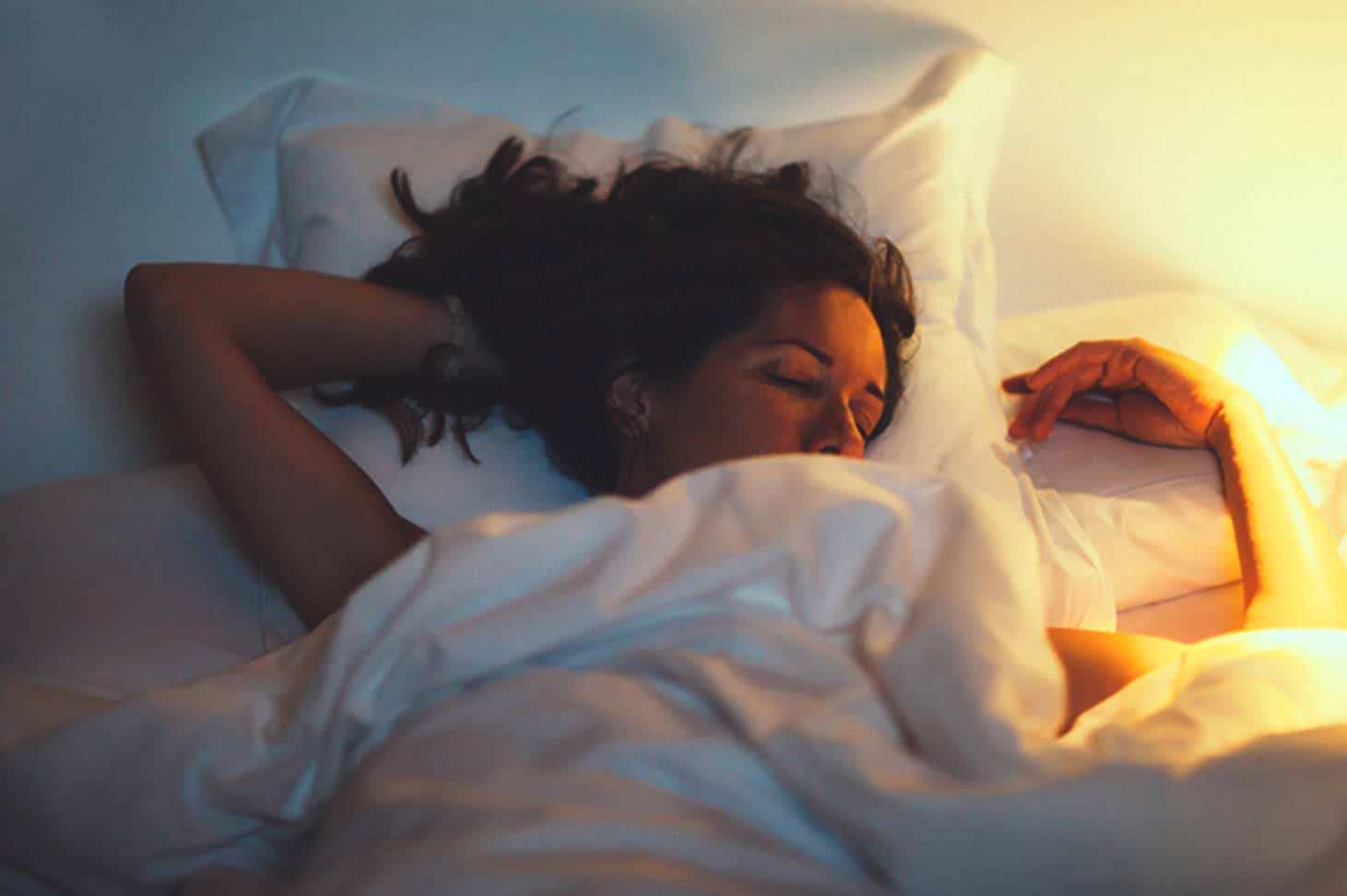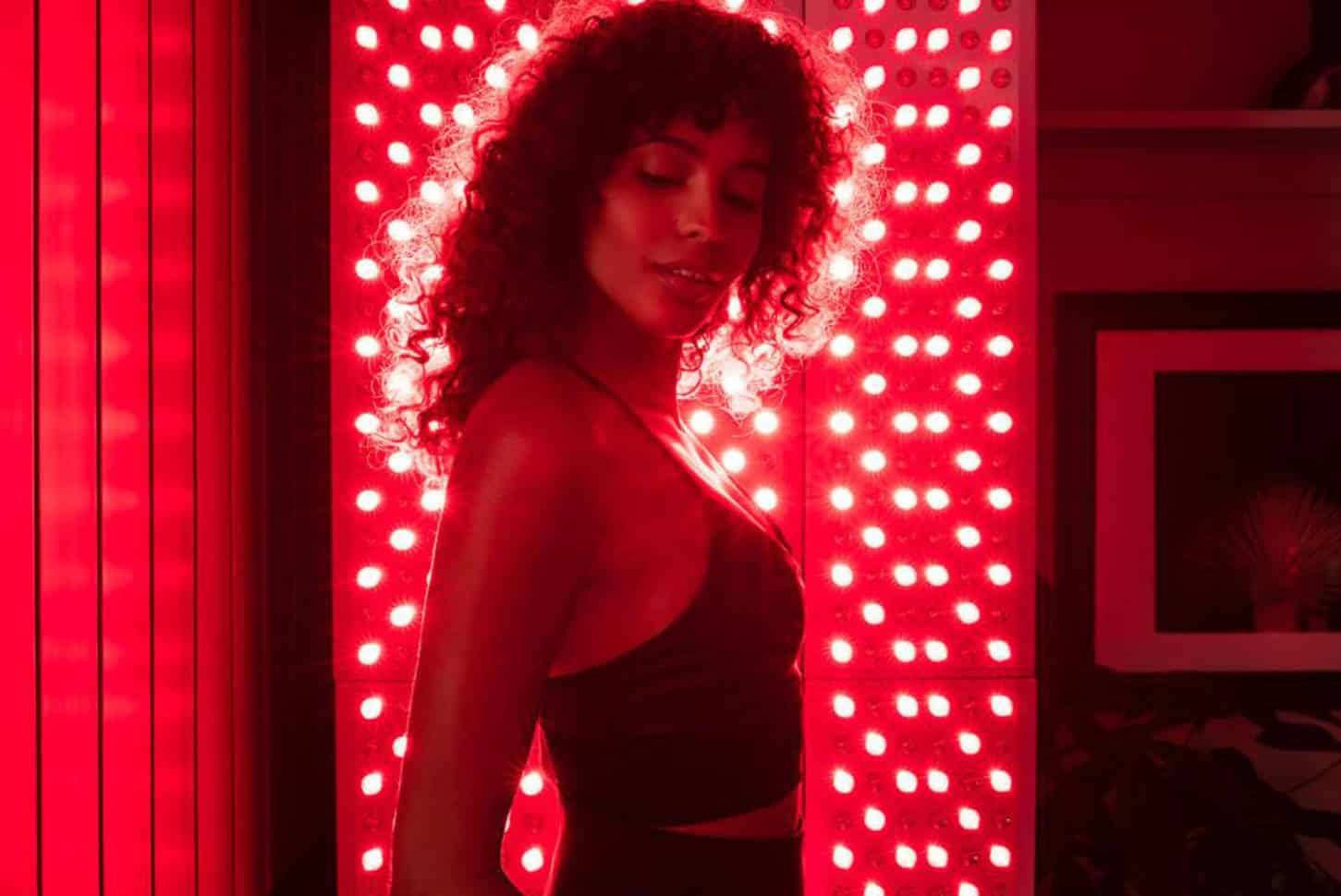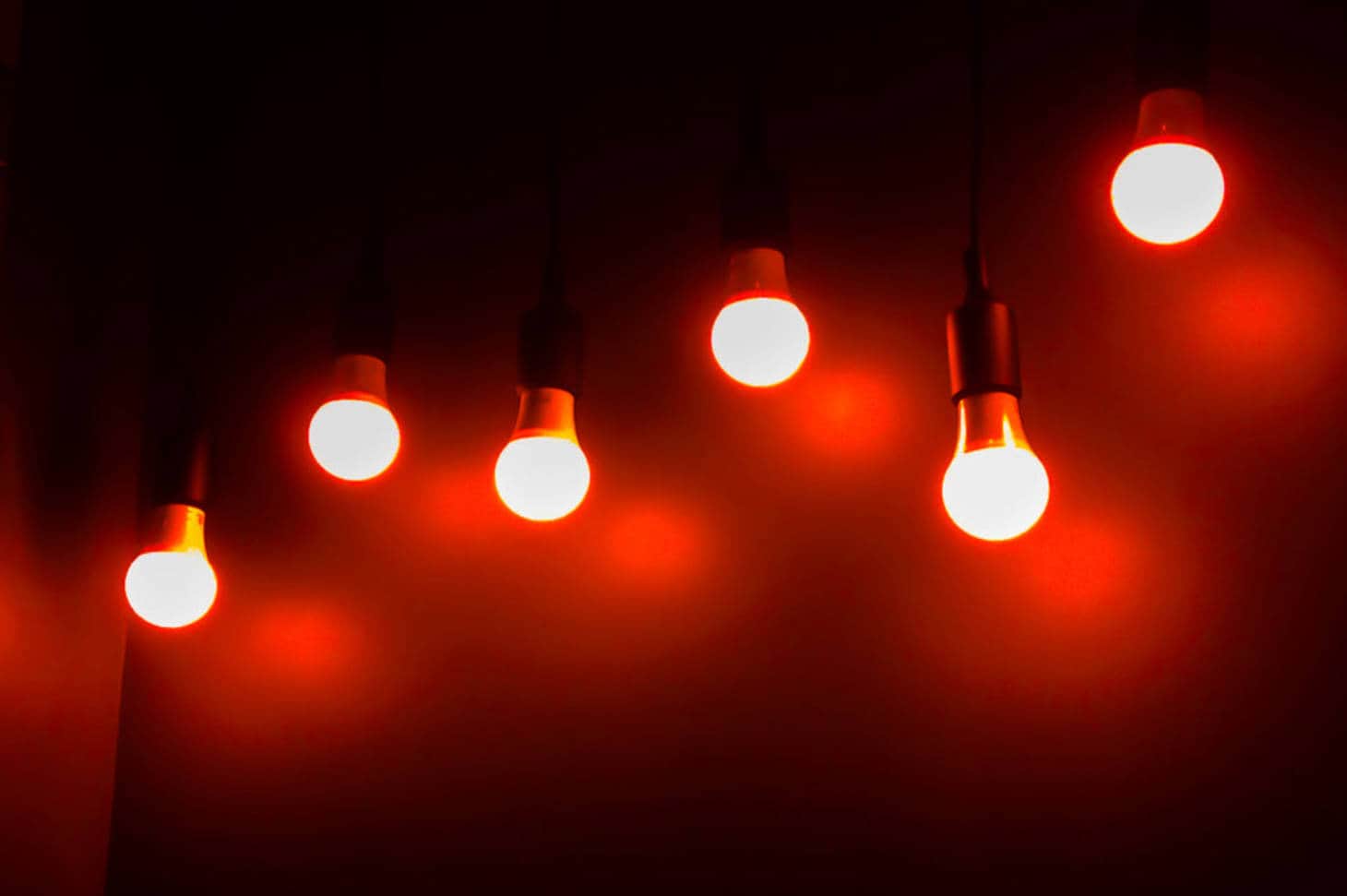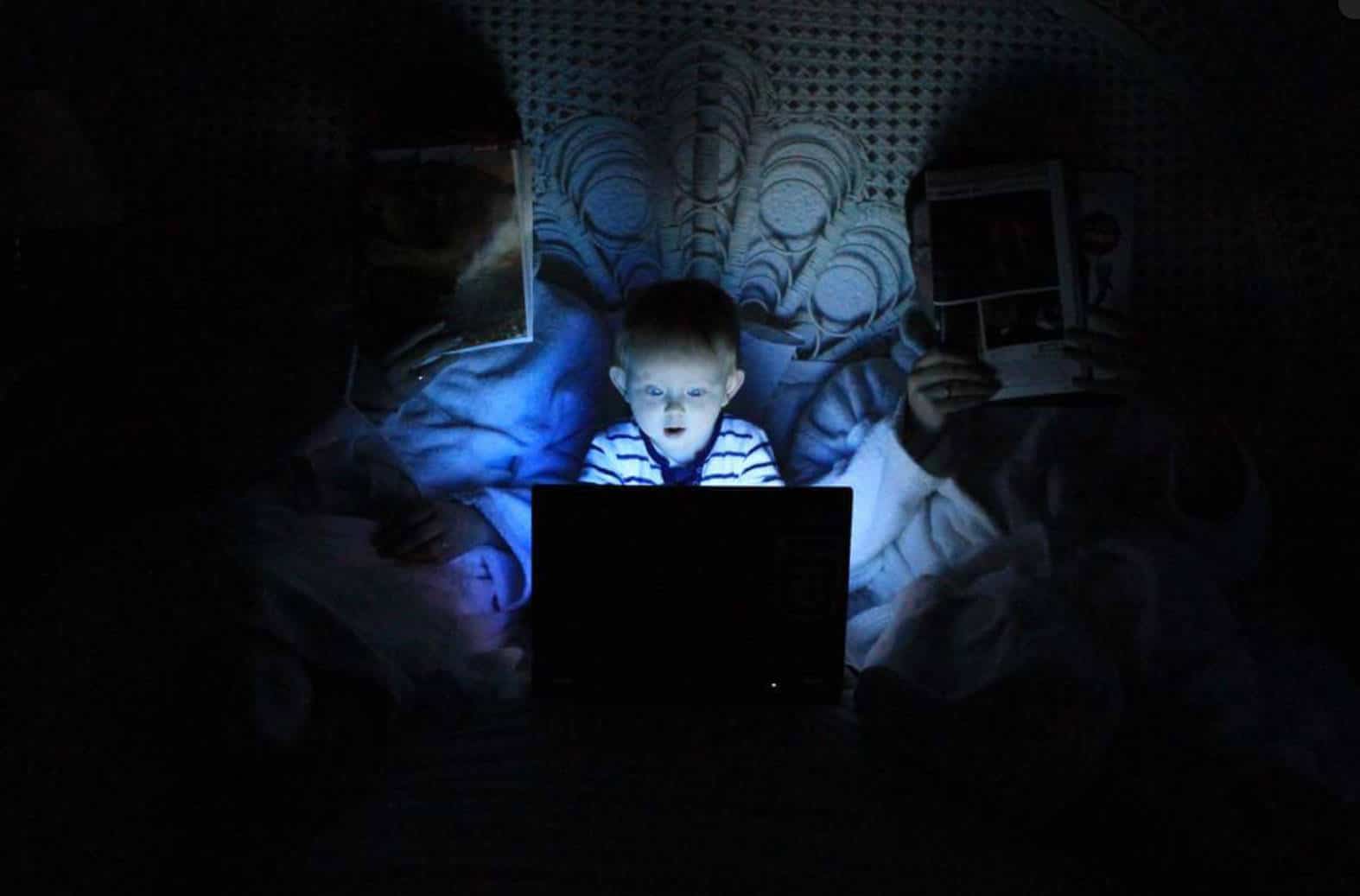Are you looking for ways to improve the quality of your sleep and wondering what color LED light helps you sleep? Well, allow us to help you with that.
Today, let’s talk about LED lights, color, and getting a good night’s sleep. Also, don’t worry! We’ll let you in on how it all works. If you’re ready, let’s put the spotlight on this topic now!
What is LED Lighting?
LED lighting is currently one of the raves among the lighting systems today. With that, you might have heard about it before.
However, you might not be all that familiar with what it is and what sets it apart from the others. Before we go on to LED light colors, let’s briefly talk about this lighting system.
LED is an abbreviation. It stands for light-emitting diode. Let’s break it down from there. Now, light-emitting is straightforward.
With that, we get that it produces light. On the other hand, we have the word diode. With that, we get that it is a device that allows current to go in at one end and out the other.
Simply put, you could say an LED light bulb is a device that lets out light when a current goes through it.
What Color of LED Light to Choose to Improve Your Quality of Sleep?
LED lights come in many different colors. Lots of them could be useful for a variety of things. However, not all of them could help you with improving your sleep. You might even want to avoid some of these light colors when you’re planning to hit the sack soon.
If you want to improve the quality of your sleep, you might want to go for a red LED light. There are a few other suggestions, with some even suggesting that it boils down to preference, but many agree that red is the best color for this matter.
However, if a red LED light is unavailable to you, you don’t have to worry. It seems you can opt for any color that you can find on the warmer side of the spectrum. Orange seems to be a great substitute.
As we said earlier, if there is a LED light color that could improve the quality of your sleep, there is also a light color that you might want to avoid for the same purpose.
As you might have guessed already, you might want to stay away from cool-colored lights, especially blue. Being on the other end of the spectrum, you can expect these light colors to do the opposite of what warm-colored lights do.
We now know what colors to opt for and what colors to try and avoid. Next, let’s talk about how it all works.
How Does Light Affect Sleep Quality?
The previous section might have given you an idea of what light color could help with improving one’s quality of sleep.
However, allow us to expound on that a little more. Let’s talk about how that works. After all, you might be wondering if changing the light color could really help you get a good night’s rest.
It all works because of the role of light in our circadian rhythm and melatonin production. Simply put, the circadian rhythm is our natural body clock. On the other hand, melatonin is a hormone that regulates our circadian rhythm.
Light and dark play a vital role in the processes of our circadian rhythm. Light stimulates us and makes us alert, while dark does the opposite. With that, it could be said that complete darkness is the ideal condition for a good night’s sleep.
Now, you might be wondering how color comes into play if total darkness is the ideal condition for quality sleep. Let’s talk about that next.
Red Light and Sleep
Exposure to any light source was once believed to suppress melatonin production. However, some recent studies have found evidence that supports light’s positive effects on sleep quality.
In a study published in 2012, red LED lights were shown to improve the quality of the subjects’ sleep by increasing their melatonin levels.
A study published in 2017 suggests that color preference plays a part in inducing sleep quickly. However, not all light or light colors could produce the same result. Blue light, for example, is one of the light colors known to suppress melatonin production.
Additionally, red light can help with improving one’s quality of sleep as it does not affect our circadian clock. Again, a stark difference with blue light.
Many agree that red light is one of the best colors to improve one’s sleep quality. However, there is still much to know and prove. Further studies are still needed.
LED Lights and Sleep
It might be the best time to note that not just any red light will work. If you take a look at research studies, most of them have used LED lights in their exploration.
Other types of lighting systems can also provide you with red light. However, you could say that it is not the real thing. Most of the other lighting systems only offer tinted lights.
Their red lights might make you feel as if it working, but they won’t be as effective as red LED lights that could give you the wavelength necessary for increasing melatonin levels.
Red Light at Home
Studies looking into the effectiveness of red light to improve one’s sleep quality are done in a controlled environment. With that, you might be wondering if you can employ red light at your home?
You might be happy to know you can, and there are several ways to do so.
First, of course, you can opt for getting a red LED light bulb or ceiling light for your room. However, that might not be ideal for other times of the day if you’re used to white light.
In that case, you might want to opt for LED strip lights instead. In addition, you might want to get the type that you can change the color of. This way, you can easily switch the color of the lights depending on the time.
Light Therapy
Earlier, we mentioned that there are many different LED light colors and they could help you with a variety of things. With that, let’s shed some light on light therapy.
Different LED lights have associations with a variety of things. Many scientific pieces of research out there are proposing different light colors as possible treatment options.
Here are some light colors and the things associated with them:
Light Color | Variable |
Green | Migraines and Headaches |
Blue | Acne Breakouts |
Yellow | Skin Health |
Things to Keep in Mind in Choosing an LED Light Color to Improve Sleep Quality
You now know a little more about the relationship between light and sleep. Additionally, you now also know the different light colors associated with one’s quality of sleep. We also talked about how it all works. Before we let you go, here are some things you might want to consider.
What Color LED Light Does Not Help You Get Quality Sleep
If you’re having trouble getting a good night’s sleep, then you might have your gadgets to blame. Phones, laptops, and such, mostly emit blue light. As we’ve said earlier, blue light is not a good match with quality sleep.
You might have to let go of your devices at least 30 minutes before you plan on going to sleep.
By now, you might have thought of the dimming feature of your phone. Most, if not all, phones have a feature that allows you to turn the color of your screen to a warmer tone.
Now, it does seem logical to think that it would help. However, it looks like it doesn’t. Rather, it helps minimize the strain on your eyes. So, if you have no trouble with it, you might still want to give it a go.
Still, keep in mind that it won’t help much with improving the quality of your sleep. You have to let the phone go to see any result!
Accessories
Other than a red LED light, there are other accessories out there that could help you with this matter. However, you might want to do some digging before taking any of the product’s claims.
Summary
What color LED light helps you sleep? Today, we talked about LED lighting, picking the right color to improve one’s quality of sleep, and ultimately, how it works.
If you’re having trouble trying to sleep or you only want to improve your sleep quality, then you might want to go for a red LED light or colors from the warm end of the spectrum. On the other hand, you might want to avoid blue light or colors from the opposite end.
We hope we were able to shine some light on this concern. If you’re still in the dark with some other problem or such, then you might want to give our other discussions a visit! We might have what you need.





